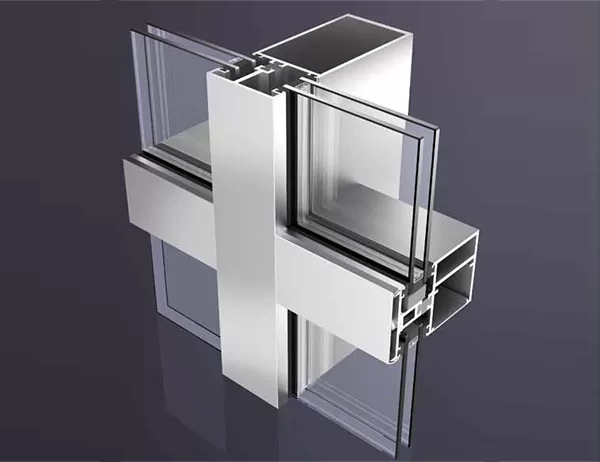Heat sinks are essential components in electronic devices, as they dissipate heat and prevent overheating. Aluminum heat sinks are particularly popular due to their high thermal conductivity and cost-effectiveness. In this article, we will explore the top trends in aluminum heat sinks for efficient cooling, offering insights into their advancements and capabilities.
Increasing the surface area of heat sinks enhances heat dissipation. Modern aluminum heat sinks feature intricate fin designs, extended surfaces, and optimized geometries to maximize surface area without compromising structural integrity. These innovative designs allow for more efficient heat transfer, enabling devices to operate at lower temperatures and with improved performance.
Advanced machining techniques, such as CNC milling and EDM, are employed to create high-precision aluminum heat sinks. These techniques ensure consistent dimensions, precise tolerances, and a smooth surface finish. Precision machining allows for customized designs, tailored to specific thermal requirements, and optimizes heat transfer efficiency by minimizing thermal contact resistance.
Beyond aluminum, heat sinks are increasingly incorporating other materials, such as copper and graphite, to enhance heat dissipation. Copper inserts or base plates provide high-conductivity pathways for heat transfer, while graphite sheets or pads offer excellent thermal interface materials, reducing thermal impedance and improving overall cooling performance.
Liquid cooling systems are becoming increasingly common in high-performance electronic devices. Aluminum heat sinks are adapting to accommodate liquid cooling, featuring integrated channels or manifolds for coolant flow. By combining liquid cooling with aluminum heat sinks, engineers can achieve ultra-efficient cooling, particularly in applications where space constraints or high heat loads pose significant thermal challenges.
The trend towards portable and compact electronic devices has spurred the development of lightweight and compact heat sinks. Aluminum heat sinks with innovative fin arrangements and optimized profiles are designed to provide effective cooling while minimizing size and weight. These lightweight designs make them ideal for space-constrained applications, such as laptops, tablets, and smartphones.
The top trends in aluminum heat sinks for efficient cooling reflect the不断进步ing technological advancements and thermal requirements of modern electronic devices. By embracing high-surface area designs, precision machining techniques, multi-material integration, liquid cooling compatibility, and lightweight and compact profiles, engineers can achieve optimal thermal management, ensuring reliable device operation, and extending their lifespan. The continued innovation in aluminum heat sinks will undoubtedly shape the future of thermal solutions, enabling the development of more powerful and efficient electronic systems.




